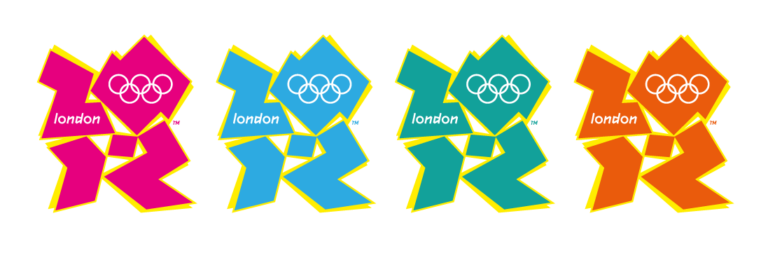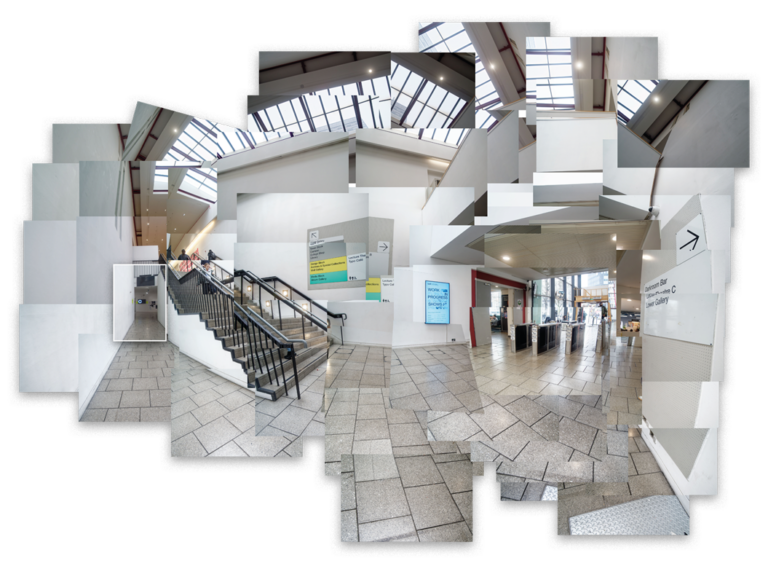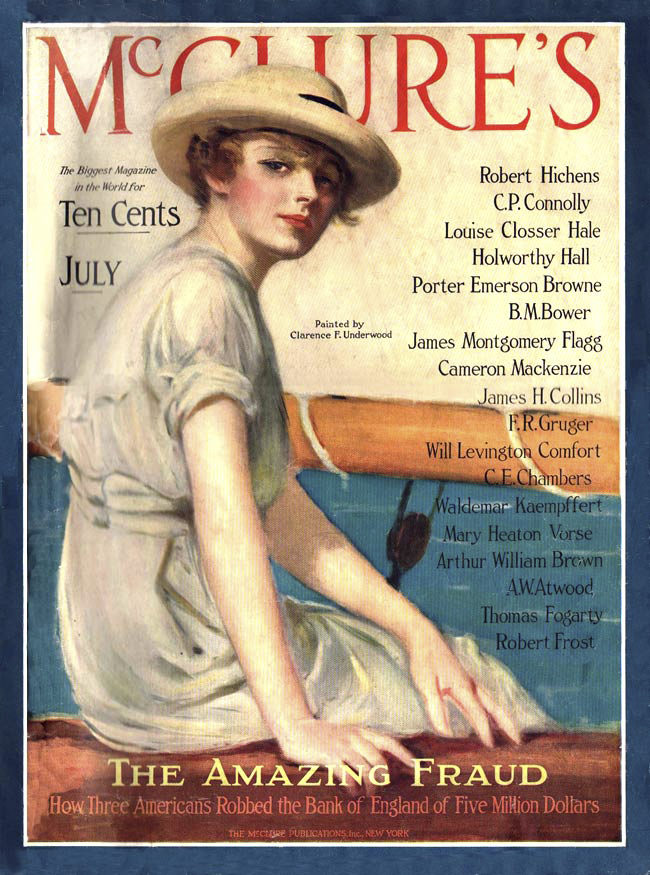Digital skeuomorphism
Skeuomorphism is probably not a word you’ve heard much in your life.
Not until summer 2011, anyway, when it took the Mac world by storm, thanks to Apple’s design retro-realism in key parts of Lion and iOS5. A skeuomorph is, in a nutshell, something that retains ornamental design cues to something that was necessary in the original. Random example: the Newsstand app in iOS5 looks like a set of real wood shelves – or, more accurately, it looks like a wood-effect and chipboard flat-pack shelf unit from Ikea.
There are arguments both for and against skeuomorphic design in software. Proponents say that it helps people understand a digital product if it mimics aspects of the original real-world thing and that it looks good. Detractors say that it fails to take proper advantage of the possibilities of software and that it breaks user interface consistency. This does make the ‘no’ camp sound a little po-faced, but I must admit I’m quite tired of Apple’s increasing obsession with visual fakery. For example, take the tiny scraps of torn paper in the latest version of iCal, and the iPad’s Calendar app in iOS5. This conceit also appears in the iPad’s Notes app, but the torn paper has less random scrappiness and is less obtrusive.
Anyone old enough to remember HyperCard will already have had their fill of skeuomorphic interface designs. I remember a project I did pretty much exactly 20 years ago now. It used a fake spiral binder graphic down the left edge, lovingly crafted in black and white pixels, for no good reason whatsoever. I feel a little embarrassed by it now, but it was a long time ago.
It seems strange to accuse Apple of this, and okay, maybe it is a little over the top, but this is to an extent a question of design maturity. A certain amount of skeuomorphism can be quite useful, but too much – no matter how beautifully rendered it might be – and it becomes corny, even a little childish. “When I was a child, I spoke as a child, I understood as a child, I thought as a child: but when I became a man, I put away childish things.”
But if you stop and consider things for a moment, skeuomorphic design is everywhere. It always has been and I’m sure it always will be, and it isn’t always a bad thing. The on-screen buttons that appear to depress or light up when clicked are examples of this. They mimic real-world physical buttons that really do move. In the digital versions there’s no imperative for this effect – but the fake button-press effect gives positive feedback to the user that something’s happened. Some digital cameras play a pre-recorded shutter sound when a picture is taken. Again, this is useful feedback; a compact digital camera has no mirror to slap up or physical shutter to whip across, so the picture-taking process can be utterly silent. The noise tells the user when a shot is captured. Why not a simple beep, why the skeuomorphic sound of an old-school shutter? Because that says ‘camera’ to us. It feels appropriate.
The difference between these and some of Apple’s recent design efforts (the ones that have caused all the fuss) is their usefulness. Skeuomorphic design elements without practical use are mere decoration, a graphic pretence. I nearly said ‘without any point’, but that’s actually part of what I’m trying to figure out. Is there value in the fake leather edge, stitching and torn paper remnants in the Calendar app on the iPad, or for that matter the leather pocket and reference card in the iPad’s Notes app? I’m not sure, frankly.
But is this any worse than the brushed metal interfaces that Apple has evolved through over the last decade? That’s just as much a fake, the only significant difference being that it is somehow more ‘technical’ than leather binding. And that’s really where I think the problem lies. It isn’t skeuomorphism itself, the borrowing of elements from one environment and using them where they aren’t functionally relevant but provide familiarity and understanding. Because that’s simply one of the ways that design development works.
Brushed metal became massively overused; it more or less ran its course as far as the main look of a UI goes, and it is a relief not to have it everywhere we look. Sure, it did a reasonably good job in that it helped present software tools as almost-actual tools and provided a unifying appearance, when used for appropriate applications. But it strained one of the design rules of thumb: when in doubt, simplify. The iPad’s keyboard background has a subtle gradient, darkening from top to bottom, but it is an untextured grey rather than brushed metal.
The question is really of relevance and, in a slightly more slippery sense, of appropriateness. The digital camera’s fake shutter sound is appropriate and relevant. Software buttons showing a pressed-in state is just as appropriate and relevant. It is useful, although there are other ways of approaching this. One specific example is the keyboard on the iPad and iPhone. This has drop shadows that mimic the physical keys on Apple’s current low-profile keyboards, but instead of fake-depressing the keycaps when they are tapped the keys highlight in a darker shade. Which would be lowlight, I suppose. It does the same job as a fake button depress would do (and as playing a key-clack sound), but by not referencing the behaviours of a different medium it makes more internal sense. More appropriate, more relevant. The diagonal highlight that cuts across the icons of videos in the iPad’s Videos app is unnecessary, but it gives each icon a feeling of being a small screen – which makes perfect sense.
In general, Apple has been on something of a journey as far as its user interface design language goes. Its vision has been maturing over the years, although as with anything this complex it isn’t a straightforward linear thing. From the black and white minimalism of the 1980s and the subtle (okay simple) grey tones of System 7 through to today’s photo-realistic simulations of objects we’ve been taken through a series of redesigns and rethinks. We’re a long way from the monochrome everything of the first Macintosh systems, and with iOS we’ve moved beyond standard ‘computer application’ uses and tools. So yes, it is reasonable that we move beyond the interface design concepts that we’ve been used to for the last couple of decades. But still… I’m not sure stitched leather (the Calendar app), green baize (Game Center), wood-laminate (Newsstand), or stacked paper and stitched binding (Contacts) is taking things forward. It is well executed, but this kind of skeuomorphism is dangerously close to cheesy. Oh well – roll on, the next level.














One Comment